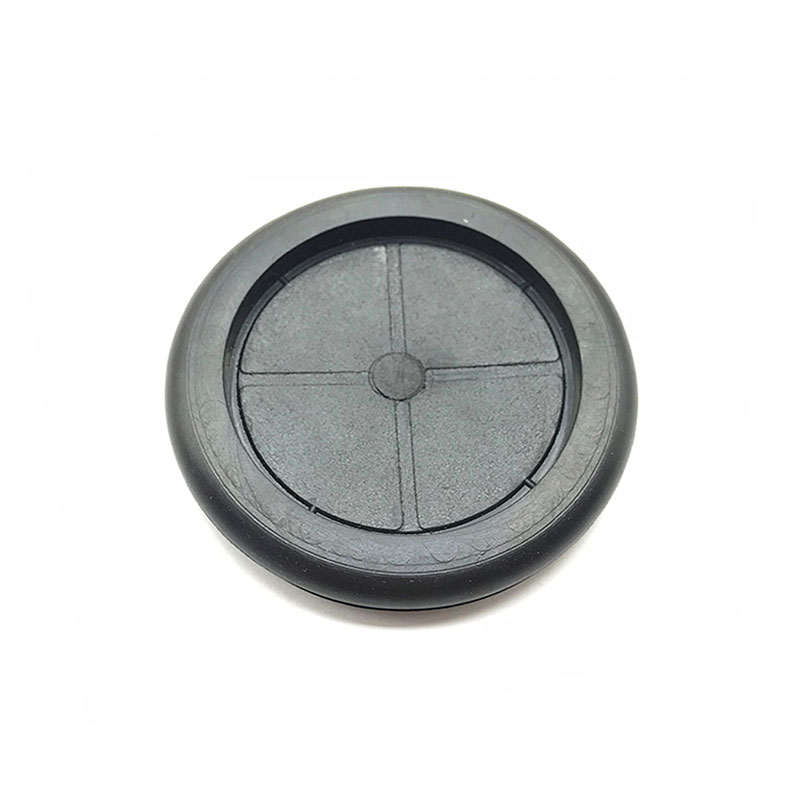

Conventional wisdom holds that the more the O-ring seal […]
Conventional wisdom holds that the more the O-ring seal is kneaded, the tighter the seal. More kneading equals greater force between the O-ring and its cooperating hardware - i.e. liquids, gases and dry powders that would otherwise obstruct from activity between the rubber seal and the cooperating hardware.
This is that o-rings that are kneaded more tend to hold their force longer than o-rings that are kneaded less. The failure of an elastomer to maintain its "push-back" force over time is known as compression set. An elastomer with high compression long-term deformation (usually over 80%) no longer returns to its original uncompressed shape when it is not kneaded. However, it may not always be correct to assume that increased kneading on the O-ring will result in a better seal, depending on other factors.

These include:
Damaged o-ring seal installation
The more forcefully you squeeze the o-rings during installation, the more likely you are to pinch them because of the way the leak occurs. This was found when Parker compared 2 finite element models used to guess the behavior of the kneaded O-rings installed at 40% and 25%. At 40%, pinching the O-ring between the cooperating parts is unavoidable, while at 25% the mounting clamp is virtually eliminated.
Damaged o-ring seal mating hardware
The relationship is linear between the amount of non-kneading and the compressive load force required to maintain the kneading. In fact, the compressive load force rises much faster than 30% kneading. The O-ring takes almost two and a half times the load force to shrink to 40% than it does to 25%. This level of compressive load can crush or deform lightweight or fragile cooperating components.
Use of O-ring seals
Although many variables affect the way, cooperation and function of the seal, the most important parameter behind a leak-free seal is the amount of kneading applied. However, as these data show, the ideal amount of kneading itself is subject to many factors.
Keep in mind that other factors can cause the O-ring seal to perform poorly, such as thermal degradation, chemical interactions, gas infiltration, mechanical damage such as pinching or abrasion, or low temperature loss of elasticity. In these cases, adjusting the amount of kneading may not solve the problem.